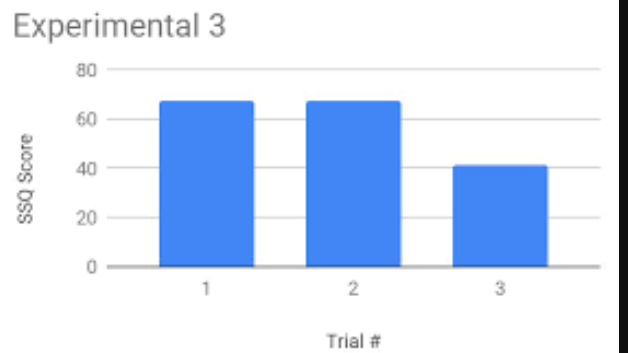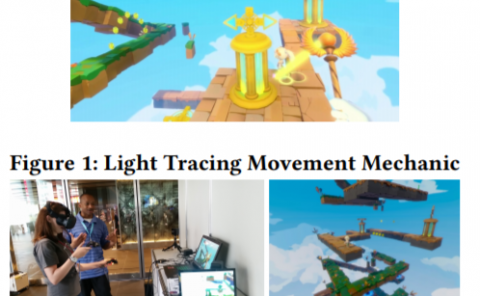Cognitive Distraction to Improve Cybersickness in Virtual Reality Environment
PubDate: April 2020
Teams: Duke University;Wesleyan University;Rutgers University;New York Institute of Technology
Writers: Celina Zhou; Clara Luisa Bryan; Evan Wang; N. Sertac Artan; Ziqian Dong
PDF: Cognitive Distraction to Improve Cybersickness in Virtual Reality Environment

Abstract
Immersion into a virtual environment (VE) often results in adverse symptoms including nausea, dizziness, and disorientation. These symptoms are an indicator of cybersickness, which is a condition similar to motion sickness experienced in VEs. In this paper, we hypothesized that administered cognitive distraction can accelerate the rate of habituation to a VE. This acceleration, therefore, can lower severity of cybersickness in fewer amount of immersions. To evaluate the impact of cognitive distraction on reducing the effects of cybersickness, we designed a VE and carried out a human subject study with control and experimental groups created through stratified random sampling. Subjects were immersed in our VE on four separate sessions, and our experimental group received cognitive distraction throughout the immersions. Cybersickness was measured using the Simulator Sickness Questionnaire (SSQ) and Presence Questionnaire (PQ). Upon comparing the average SSQ subgroups nausea, oculomotor, and disorientation scores reported by participants for each immersion session, we observed that our experimental group exhibited decrease in cybersickness to a greater extent than that of our control group. We completed t-tests for each of these comparisons, to find that these results are statistically insignificant. We plan to continue with this work by incorporating up to 30 total participants to clarify these findings.


